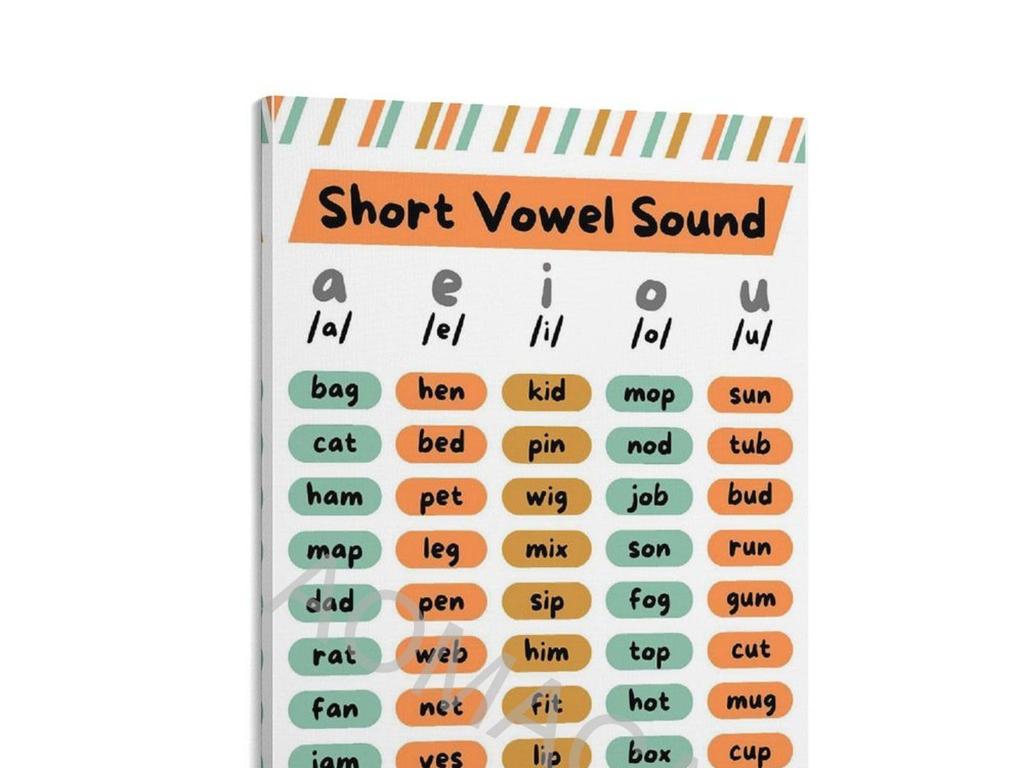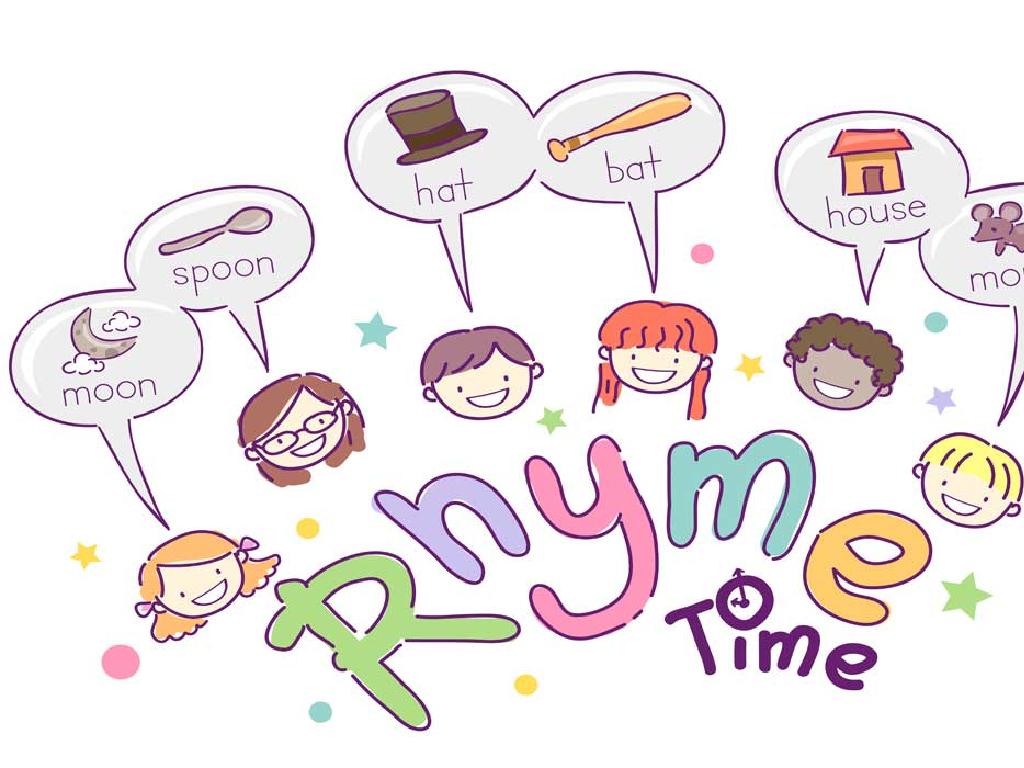Division Facts Up To 12: True Or False?
Subject: Math
Grade: Third grade
Topic: Division Fluency Up To 12
Please LOG IN to download the presentation. Access is available to registered users only.
View More Content
Welcome to Division Fluency!
– Today’s Adventure: Division Facts up to 12!
– Understanding Division: Sharing Equally
– Division means splitting into equal parts or groups. It’s like sharing cookies equally!
– Why Division is a Super Skill
– Division helps us in daily life, like dividing pizza slices among friends.
– Practice Makes Perfect
|
This slide introduces third graders to the concept of division as a form of equal sharing and its importance in everyday math skills. Emphasize that division is simply splitting things up evenly, such as sharing treats or toys with friends. Highlight that division is not just a school subject but a super skill that they will use outside of the classroom, like when sharing snacks or playing games. Encourage students to practice division facts up to 12 to become fluent and confident in their math abilities. Provide examples and plan for interactive activities where students can apply division in real-life scenarios.
Understanding Division
– Division is sharing equally
– Imagine splitting 12 cookies with 4 friends evenly
– It shows how one number fits into another
– How many times does 4 go into 12?
– Learn key vocabulary: Dividend, Divisor, Quotient
– Dividend is the total amount, Divisor is what you divide by, Quotient is the answer
– Practice with true or false questions
|
This slide introduces the concept of division to third-grade students by relating it to the idea of sharing equally among friends, which they can easily visualize and understand. It’s crucial to explain that division is a method to find out how many times one number is contained within another. Introduce the terms Dividend (the number being divided), Divisor (the number you are dividing by), and Quotient (the result of division). After explaining these terms, engage the students with true or false questions to apply their understanding of division facts up to 12. For example, ’12 divided by 4 equals 3. True or false?’ This interactive approach will help solidify their understanding of division.
Mastering Division Facts: True or False?
– Memorization quickens problem-solving
– Examples: 6 ÷ 2 and 12 ÷ 3
– What is 6 divided by 2? What is 12 divided by 3?
– Practice division facts together
– We’ll solve some division problems as a class
– True or False activity
– Decide if statements like ‘8 ÷ 4 = 2’ are true or false
|
This slide is aimed at reinforcing the importance of memorizing division facts to enhance speed and accuracy in problem-solving. Start by explaining how knowing division facts by heart can help in quicker calculations. Provide examples like 6 ÷ 2 and 12 ÷ 3 and solve them as a class to demonstrate. Engage the class in a practice session where they work on several division problems. Conclude with a ‘True or False’ activity where students determine the accuracy of given division statements, reinforcing their understanding of division facts up to 12. This interactive approach helps solidify their division fluency.
True or False: Division Facts
– Is 9 ÷ 3 = 3 True or False?
– Yes, because 3 groups of 3 make 9
– How about 8 ÷ 0 = 0?
– No, division by zero is undefined
– Understanding division facts
– Exploring true vs. false facts
– We’ll learn why some divisions are true and others are not
|
This slide is aimed at helping third-grade students understand division facts up to 12 and discern between true and false statements. Start by asking the class if 9 divided by 3 equals 3 and explain that it is true because if we have 9 objects and divide them into 3 equal groups, each group will have 3 objects. Then, challenge them with 8 divided by 0 and explain that we cannot divide by zero; it’s undefined because we cannot have zero groups of something. Use this opportunity to reinforce the concept that division is about making equal groups and that some division statements can be false. Encourage students to think critically about each division fact before deciding if it’s true or false.
Division Tricks: True or False?
– Dividing by 1 keeps number same
– Dividing by itself equals 1
– Dividing any number by 0
– It’s like sharing 0 cookies; you can’t share!
– Understanding ‘undefined’
– ‘Undefined’ means it doesn’t work in math
|
This slide introduces students to basic division facts that will help them understand division fluency up to 12. Trick #1 reinforces the concept that any number divided by 1 remains unchanged, which is a fundamental property of division. Trick #2 teaches that a number divided by itself results in 1, another key concept. Trick #3 is crucial as it explains the concept of division by zero, which is not possible and is considered ‘undefined’ in mathematics. This is an important rule for students to remember as it is a common source of confusion. Use examples to illustrate these tricks, such as 8/1=8 for Trick #1, 9/9=1 for Trick #2, and explain that dividing something into zero groups doesn’t make sense for Trick #3. Encourage students to think of division as sharing or grouping and why sharing into zero groups is not possible.
Group Activity: Division Detectives
– Determine true or false division facts
– Explain why false facts are incorrect
– Use counters or drawings to show why
– Discuss findings within your group
– Present your conclusions to the class
– Each group will explain their reasoning
|
This group activity is designed to enhance students’ understanding of division facts up to 12. Divide the class into small groups and provide each with a set of division facts. Students will work together to identify whether each fact is true or false. For false facts, they should use manipulatives like counters or draw pictures to visually explain the incorrect division. After discussion, each group will present their findings, explaining how they determined the truthfulness of each fact and why the false ones do not work. This will help reinforce their division fluency and reasoning skills. Possible activities include using arrays, grouping objects, or creating simple word problems that correspond to the division facts.
Practice Time: Division Facts Up to 12
– Let’s solve division problems
– Recall tricks for quick answers
– Use multiplication facts to help find the answer
– Get set to divide numbers
– True or False division quiz
– Decide if the division statement is correct
|
This slide is designed to engage third-grade students in a practical division exercise. Begin by encouraging them to solve a few division problems as a group to warm up. Remind them of the tricks they’ve learned, such as using multiplication facts to find the division answers quickly. For example, if they know 4 x 3 = 12, then they can figure out 12 ÷ 3 = 4. After a brief review, move on to a ‘True or False’ division quiz where students will determine the accuracy of various division statements up to 12. This activity will help reinforce their division fluency and assess their understanding of the concept. The teacher should prepare a series of division statements beforehand and be ready to offer guidance if students struggle with particular problems.
Game Time: Division Bingo!
– Earn Bingo spots with division facts
– Five in a row to win the game
– Practice division facts up to 12
– Examples: 6 ÷ 2 = ?, 12 ÷ 3 = ?
– Let’s have fun with math!
|
Division Bingo is a fun and interactive way to help students practice and reinforce their understanding of division facts up to 12. Prepare Bingo cards with different division facts up to 12 as answers in each spot. As you call out division questions, students will solve them and mark the correct answers on their cards. The first student to get five correct answers in a row either horizontally, vertically, or diagonally wins the game. This activity encourages quick thinking and offers a playful approach to learning division. Possible variations of the game can include blackout Bingo, where all spots must be filled, or four corners Bingo, to keep the game exciting and engaging for the students.
Becoming Division Masters: Homework
– Congratulations, Division Masters!
– Complete the Division Facts worksheet
– Worksheet includes problems up to 12 ÷ 12
– Practice makes perfect
– The more you practice, the better you’ll get!
– Aim for division fluency
– Fluency means solving division facts quickly and correctly
|
This slide wraps up the lesson on division facts up to 12 and transitions students to their homework assignment. The homework consists of a worksheet designed to reinforce the day’s learning. Encourage students to complete the worksheet carefully and to practice regularly to achieve division fluency. Remind them that fluency is about accuracy and speed, and it comes with consistent practice. Offer some strategies for practicing, such as using flashcards, playing division games, or working with a study buddy. Let them know that in the next class, they will have the opportunity to share their progress and any challenges they faced while completing the worksheet.






